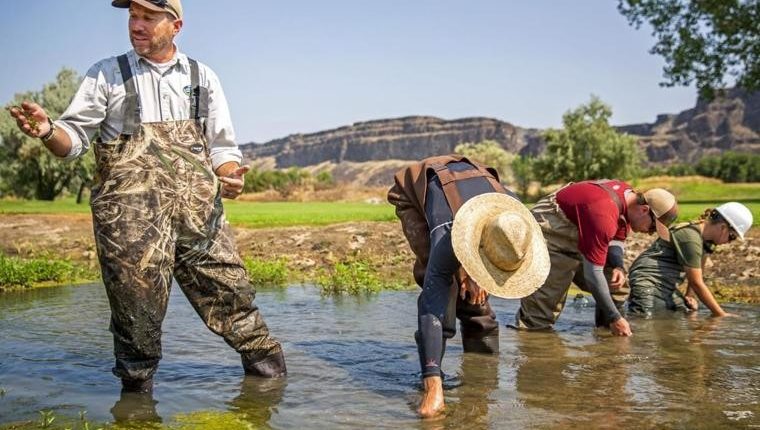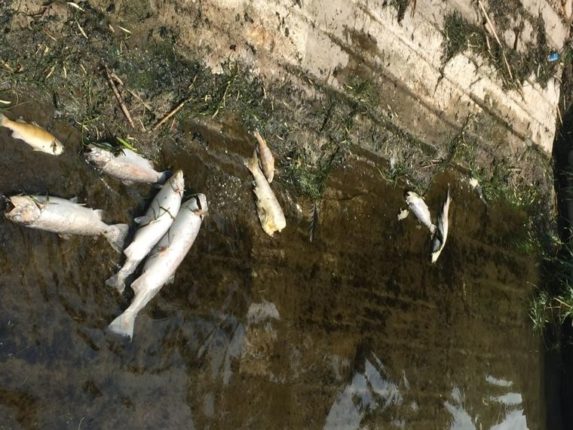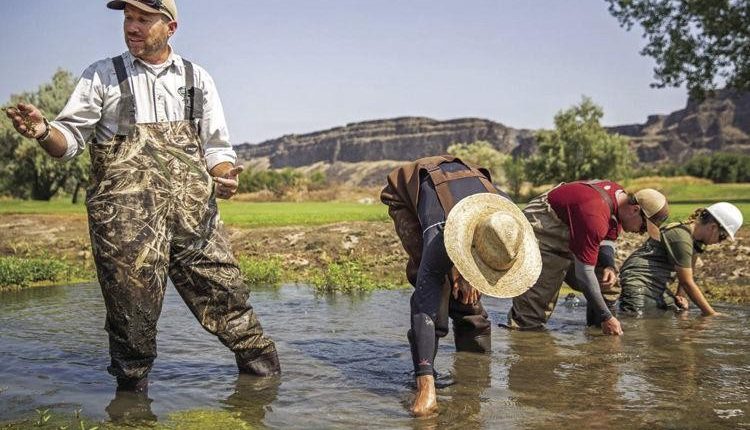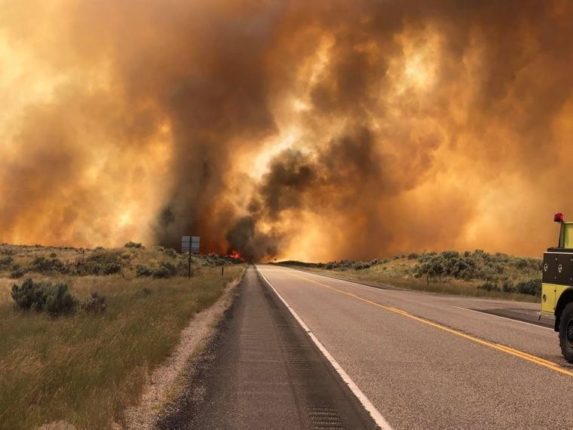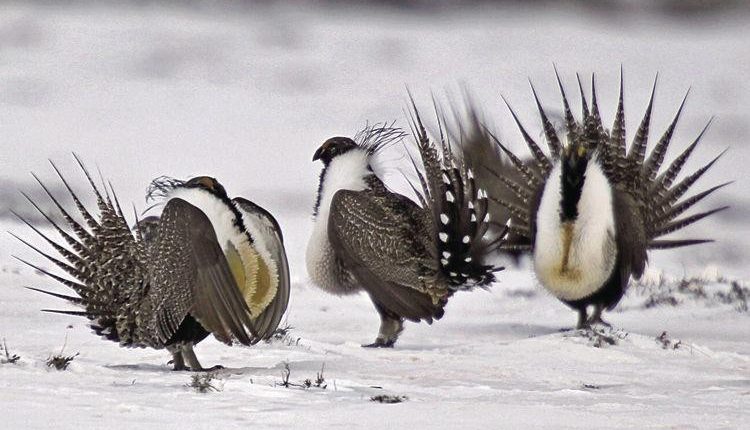TWIN FALLS — A bubble-gum pink substance rests on a branch. It’s completely foreign to the 10-mile stretch of river surveyed July 24 during an annual survey.
These alien-like pink bubbles are apple snail eggs. Apple snails are mollusks from South America introduced through aquaculture trade. The eggs are unpalatable to predators, which can lead to an overabundance of the species.
“Hopefully the winter will kill anything that’s here,” Aaron Ursenbach said. “They adapt quickly though.”
“Gosh dang it, Darwinism,” Jason Parker joked.
The apple snails were just one of the many invasive species and noxious weeds found during the yearly survey of the river.
Invasive species are classified as animals or plants that are not native to an area. The invasive species outgrow and out-compete native species and dominate an ecosystem because these new species don’t have a natural predator.
Ursenbach and Parker were part of the team that surveyed the 10-mile stretch of river to inspect what noxious weeds were prevalent.
Idaho has 67 noxious weed species; 16 of these are aquatic plants. These plants often thrive in warmer waters and have the potential to damage. Aquatic noxious weeds can build up and stop the flow of streams and damage pipes, which can cost millions of dollars.
“We’re very hydro-dependent,” Ursenbach said. “It affects everything we do.”
During the survey, Hydrilla verticillata was repeatedly found. Ursenbach and his invasive species team go through streams every week and pull out Hydrilla verticillata.
During their inspection of a small stream in Twin Falls on July 26, several noxious weeds and invasive species were found.
The plant requires minimal sunlight, so it can survive in pipes and under other plants. Hydrilla verticillata was introduced to Idaho as an aquarium plant and is extremely aggressive. It’s considered to be the most problematic aquatic plant in the country.
People dumping home aquariums into local bodies of water is a growing problem, Parker said. Pet owners think it’s a more humane option but the repercussions on the local ecosystem are massive.
Idaho law says the duty and responsibility fall on landowners to control noxious weeds on their property.
Jeremy Varley, the Idaho Department of Agriculture section manager for noxious weeds, said that the best resource for landowners who don’t know what to do with noxious weeds growing on their property is to contact their county weed superintendent to point them in the right direction.
“It’s up to landowners, the counties and the state; we’re a team trying to protect Idaho,” Ursenbach said. “The first thing that people can do to help is to educate themselves on the subject.”
A large threat to ecosystems is quagga and zebra mussels. These mussels clog water pipes and other infrastructure. They eat plankton in the water which threatens the entire ecosystem.
If mussels were to get into the Idaho water system, it could be devastating to agriculture, Twin Falls County Weed Superintendent Kali Sherrill said.
Idaho has been trying to keep quagga and zebra mussels out of lakes and reservoirs since 2008. One of the biggest efforts is to prevent invasive mussels from getting into the Columbia Basin.
Nicholas Zurfluh, the Idaho Department of Agriculture section manager for invasive species, said Idaho is one of the last states free of invasive quagga and zebra mussels. He said Oregon, Washington, Wyoming and Idaho are some of the last places that have not had mussels invade the water system.
“This speaks to the opportunity that we have here,” Zurfluh said. “To keep the Columbia Basin clean is a huge opportunity for us.”
So far, during the 2018 boating season, 66,678 boats have been checked and 43 have been mussel-fouled boats. More than 500,000 boat inspections have been conducted in Idaho since 2009, and 218 were found carrying quagga or zebra mussels. Watercraft that are considered “high-risk” to the state of Idaho are boats that have been in mussel-infested states within the past 30 days, show dirt or grime below the waterline or boats that have standing water on board.
The first and most effective step is prevention. Prevention starts with inspecting your boat when it leaves the water, using the clean, drain, dry system. Kurfluh said this system should become a habit for anyone who goes boating. Anything that goes in the water is required for a mandatory inspection at one of the inspection stations.
“People come from all over to enjoy our water,” Sherrill said. “People should be happy with keeping our water clean.”
For more information, visit invasivespecies.idaho.gov or contact the Twin Falls County Noxious Weed Bureau at 208-734-9000 or email weeds@co.twin-falls.id.us
